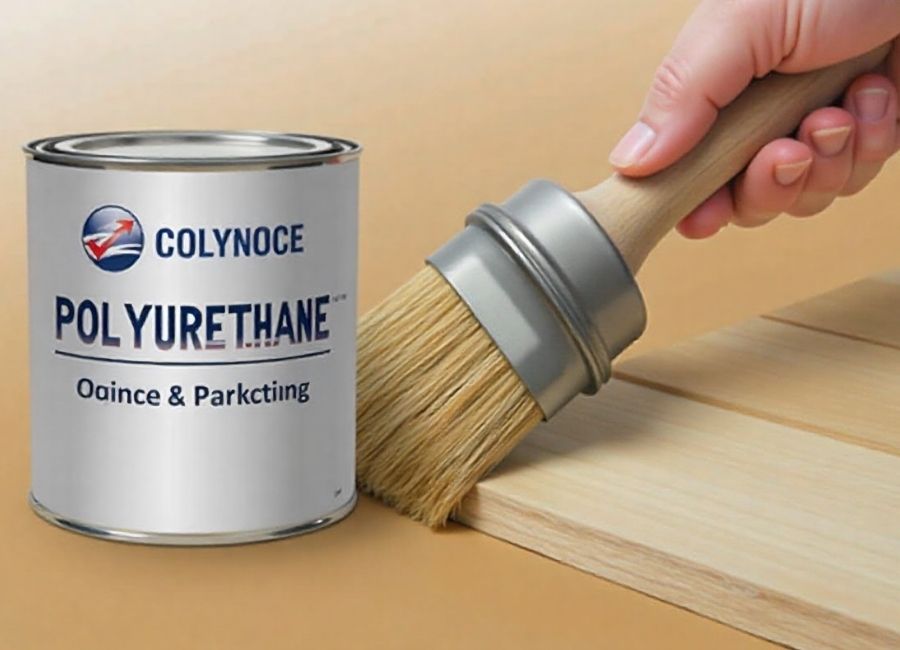Polyurethane is a popular wood finish because it makes wooden surfaces more durable and protected. How long it takes to dry depends on the type: water-based polyurethane usually dries in 2 to 4 hours, while oil-based types need 6 to 10 hours. (How Long Does Polyurethane Take to Dry? (& Speed Up Tips), n.d.) Other factors can also change how quickly it dries and cures.
Understanding these drying times is essential for getting the best results from your projects and managing your work schedule efficiently. In this article, we’ll break down the types of polyurethane, what affects drying time, and share tips to speed up the process.
What Is Polyurethane Coating?
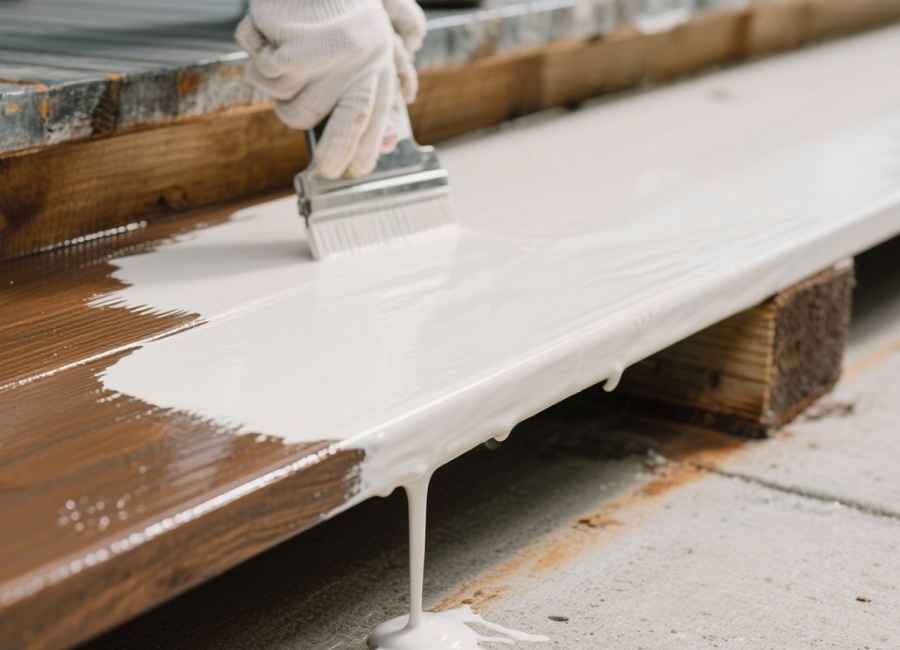
A polyurethane coating is a protective layer you can use on wood, metal, or concrete. It helps prevent damage from things like corrosion, scratches, and weather. You can choose from different finishes, such as gloss, satin, or matte, to get the look you want while keeping your surfaces safe.
Some notable features of polyurethane coatings include:
- Superior durability compared to other finishes
- Flexibility that resists minor scratches and damage
- Resilience in temperatures as low as 30°F (-1°C)
While polyurethane is incredibly effective, there are pros and cons to consider before using it:
Pros:
- Forms a thick, protective barrier on surfaces.
- Offers a glossy, durable finish, ideal for both Home items and furniture.
- Available in multiple sheen options to match any style.
Cons:
- Requires longer wait times between coats.
- Applying it in thin, even layers can be time-consuming, especially on large projects.
- Oil-based versions can be flammable and need proper ventilation during use.
Types of Polyurethane
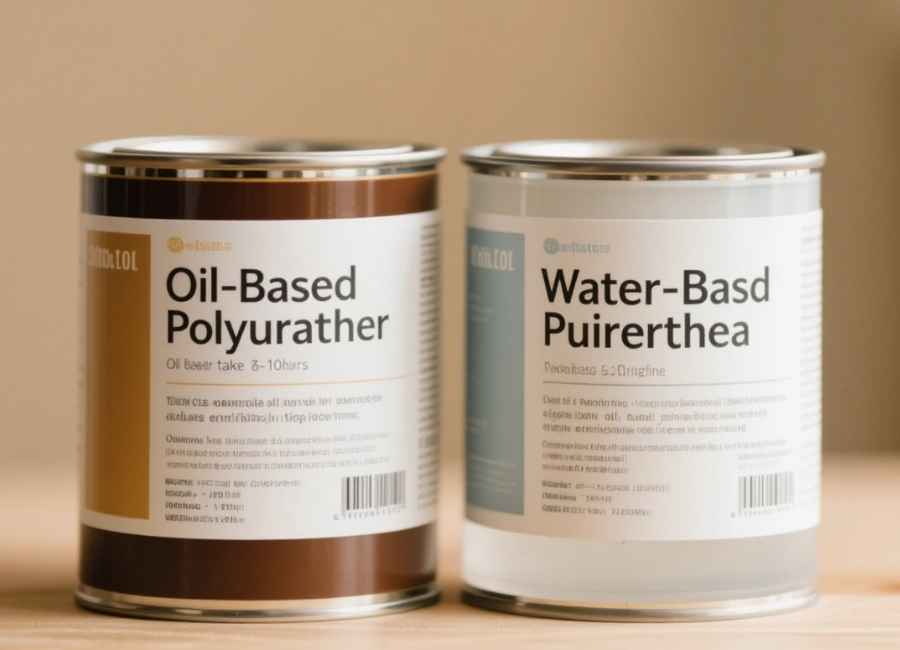
There are two main types of polyurethane: oil-based and water-based. Each has unique characteristics, drying times, and best-use scenarios.
Oil-Based Polyurethane
Oil-based polyurethane is known for being very durable and holding up well in areas that get a lot of use. It works well for surfaces that need extra protection, but it takes longer to dry than water-based polyurethane.
- Drying Time: Oil-based polyurethane typically takes 6–10 hours to dry between coats. After applying, wait at least 24 hours before light use, and 48 hours before placing furniture on the surface. (How Long Does Polyurethane Take To Dry?, 2025)
Water-Based Polyurethane
Water-based polyurethane is increasingly popular due to its fast-drying pWater-based polyurethane is becoming more popular because it dries quickly, has little smell, and is easy to clean up. It also keeps the wood’s natural color, so it’s a good option for lighter woods or if you want to keep the original look. The surface can be lightly used after 24 hours, and furniture can be placed after 48 hours. (How Long Does Polyurethane Take to Dry? All You Need to Know, n.d.)
Key Differences Between Oil-Based and Water-Based Polyurethane
When deciding which type to use, consider these distinctions:
- Number of Coats: Oil-based polyurethane generally needs fewer coats because of its higher solid content. (Oil-Based vs Water-Based Polyurethane: What’s the Difference?, 2023)
- Odor: Oil-based polyurethane has a strong, lingering smell, while water-based alternatives have a much milder scent.
- Cost: Water-based polyurethane is usually more expensive than oil-based versions. (Water-Based vs Oil-Based Polyurethane Finishes, n.d.)
- Durability: Oil-based polyurethane is more durable and better suited for high-traffic areas, while water-based versions may wear down more quickly under heavy use. (Water-Based vs Oil-Based Polyurethane Floor Finish, n.d.)
Polyurethane Sheen Types
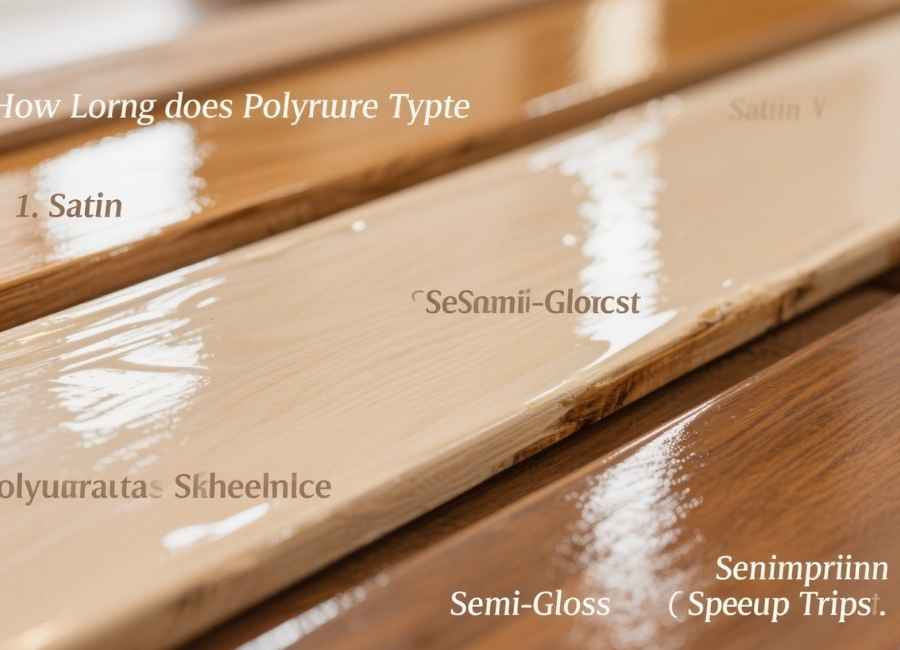
Polyurethane comes in different sheen levels, which not only affect appearance but also influence drying times. The three main sheen types include:
1. Satin
Satin finishes have a soft shine and dry the fastest. (How Long Does Polyurethane Take to Dry? (& Speed Up Tips), n.d.) They are a good choice if you like a more natural look for your wood.
2. Semi-Gloss
Semi-gloss finishes offer a balance between shine. Semi-gloss finishes give you some shine without being too flashy. They take a bit longer to dry than satin, but still dry faster than high-gloss finishes. (Satin vs Semi-Gloss Polyurethane: Which is Better?, 2025)or-like shine and are the most durable. However, they also require the longest drying times among the different sheen types.
Factors Affecting Polyurethane Drying Time
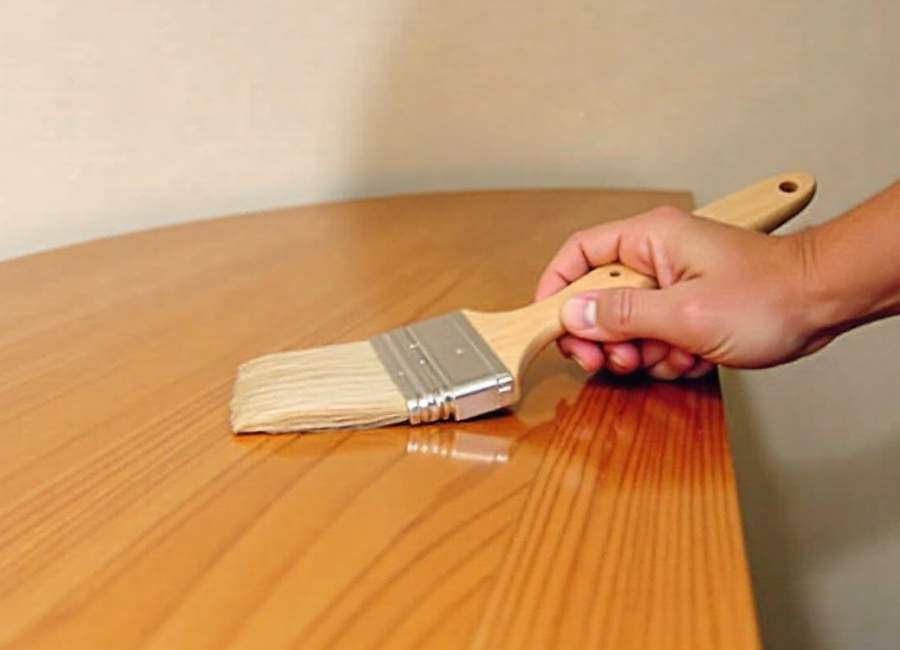
Several factors impact how quickly polyurethane dries. Here’s what to keep in mind:
1. Type of Polyurethane & Sheen
Water-based polyurethane dries faster than oil-based, and higher-gloss finishes take longer to dry fully.
2. Temperature
Temperature has a big impact on how fast polyurethane dries. Warmer rooms, between 70°F and 80°F, help it dry faster. If it’s cooler, drying will take longer. If the temperature is below 65°F, drying slows down a lot, and below 55°F, the finish might stay sticky for a long time.
3. Humidity
If the humidity is high (over 70%), polyurethane dries more slowly because there is too much moisture in the air. If the humidity is low (under 40%), it can dry too quickly, which might cause problems with how well the finish sticks or looks. (How Long Does Polyurethane Take To Dry?, 2025)
4. Ventilation
Good airflow helps polyurethane dry faster because it lets the solvents evaporate more easily. If you use fans, be careful, since they can also blow dust onto the wet surface.
5. Thickness
Thin layers of polyurethane dry faster than thick coats. Applying multiple thin coats is preferable because it ensures a more even finish and faster drying.
6. Application Method
The method used to apply polyurethane affects drying time. Spray applications create thin, even coats that dry faster. In contrast, brush or roller applications often result in thicker coats, which take longer to dry. (Wipe on Poly Vs Brush on Poly [The Battle of Polyurethanes], n.d.)
Drying vs. Curing
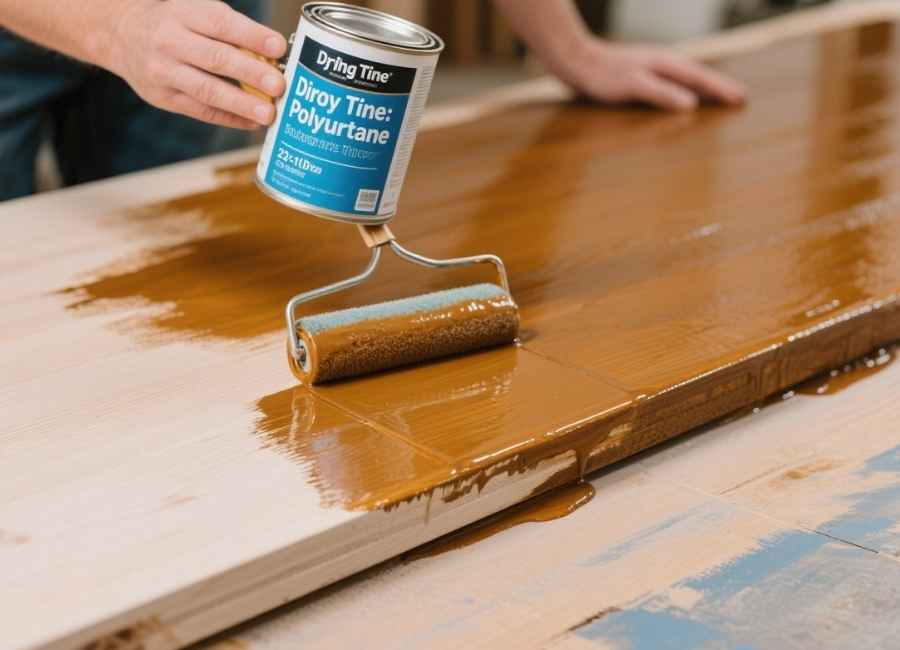
It’s important to distinguish between drying and curing:
- Drying Time: This refers to how long it takes for the surface to become touch-dry and ready for the next coat.
- Water-based polyurethane: 2–4 hours between coats (How Long Does Polyurethane Take to Dry? (& Speed Up Tips), 2025)
- Oil-based polyurethane: 6–10 hours between coats (How Long Does Polyurethane Take to Dry? (& Speed Up Tips), 2025)
- Curing Time: Curing is the process by which the polyurethane reaches its full hardness and durability. This takes longer than drying.
- Water-based polyurethane: 3–21 days (How Long Does Polyurethane Take to Dry? (& Speed Up Tips), 2025)
- Oil-based polyurethane: 21–30 days (How Long Does it Take for Polyurethane to Dry – Water and Oil Based, n.d.)
During the curing process, it’s essential to avoid heavy use, placing heavy furniture, or exposing the surface to moisture.
Tips to Speed Up Polyurethane Drying Time
If you’re looking to speed up the drying process, try these tips:
- Use a Fan: Improve air circulation by using a fan. Just make sure it doesn’t blow directly on the surface, as it could cause dust to settle on the wet finish.
- Control Humidity: If you’re in a humid environment, use a dehumidifier to help speed up drying.
- Apply Thin Coats: Applying multiple thin layers instead of one thick coat will help the finish dry faster.
- Use Water-Based Polyurethane: For faster drying, opt for water-based polyurethane, which dries quicker than oil-based options.
- Maintain Optimal Temperature: Keep the room temperature between 70°F and 80°F (21°C and 27°C) for the best results.
- Sand Between Coats: Light sanding between coats helps improve adhesion and reduces overall drying time.
- Use a Hair Dryer: For smaller areas, a hair dryer on low heat can speed up drying. Just be careful not to overheat the surface or blow dust onto it.
Environmental and Safety Considerations
When applying polyurethane, it’s crucial to consider both environmental and safety factors.
Ventilation and Safety
Always work in a well-ventilated area, especially when using oil-based polyurethane. The fumes can be harmful if inhaled for extended periods. Open windows, use fans, and consider wearing a respirator mask for added protection.
Disposal of Polyurethane
Never dispose of leftover polyurethane by pouring it down the drain. It can harm the environment. (Grotto et al., 2022) Check local guidelines for safe disposal of chemical materials. Many areas have designated collection points for hazardous substances.
Protective Gear
To protect yourself from skin irritation and other health risks, wear gloves, safety glasses, and old clothing or an apron when handling polyurethane.
Conclusion
Polyurethane usually dries in 2 to 10 hours, depending on the type, how thick the coat is, and the environment. After drying, it can take 3 to 30 days to cure fully. Being patient gives you the best results, but using the right methods and tools can help you get a smooth, strong finish more quickly. If you keep drying and curing times in mind, you can plan your projects better and get great results. Serve your guests at any event!







